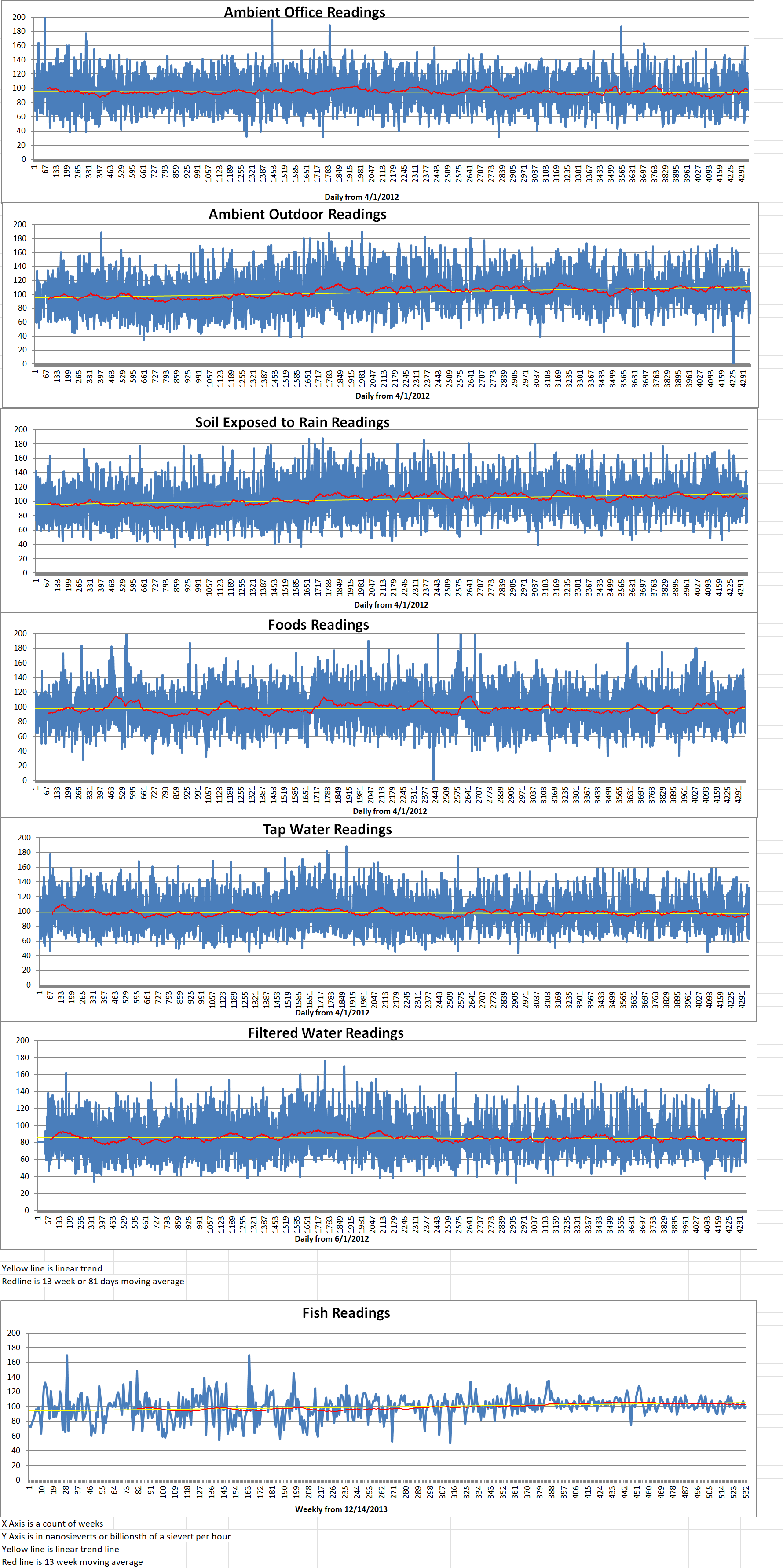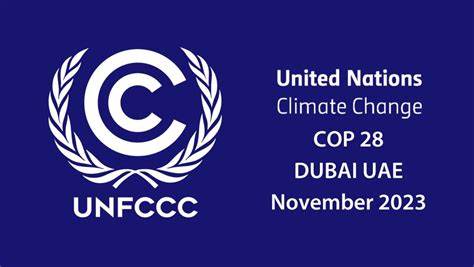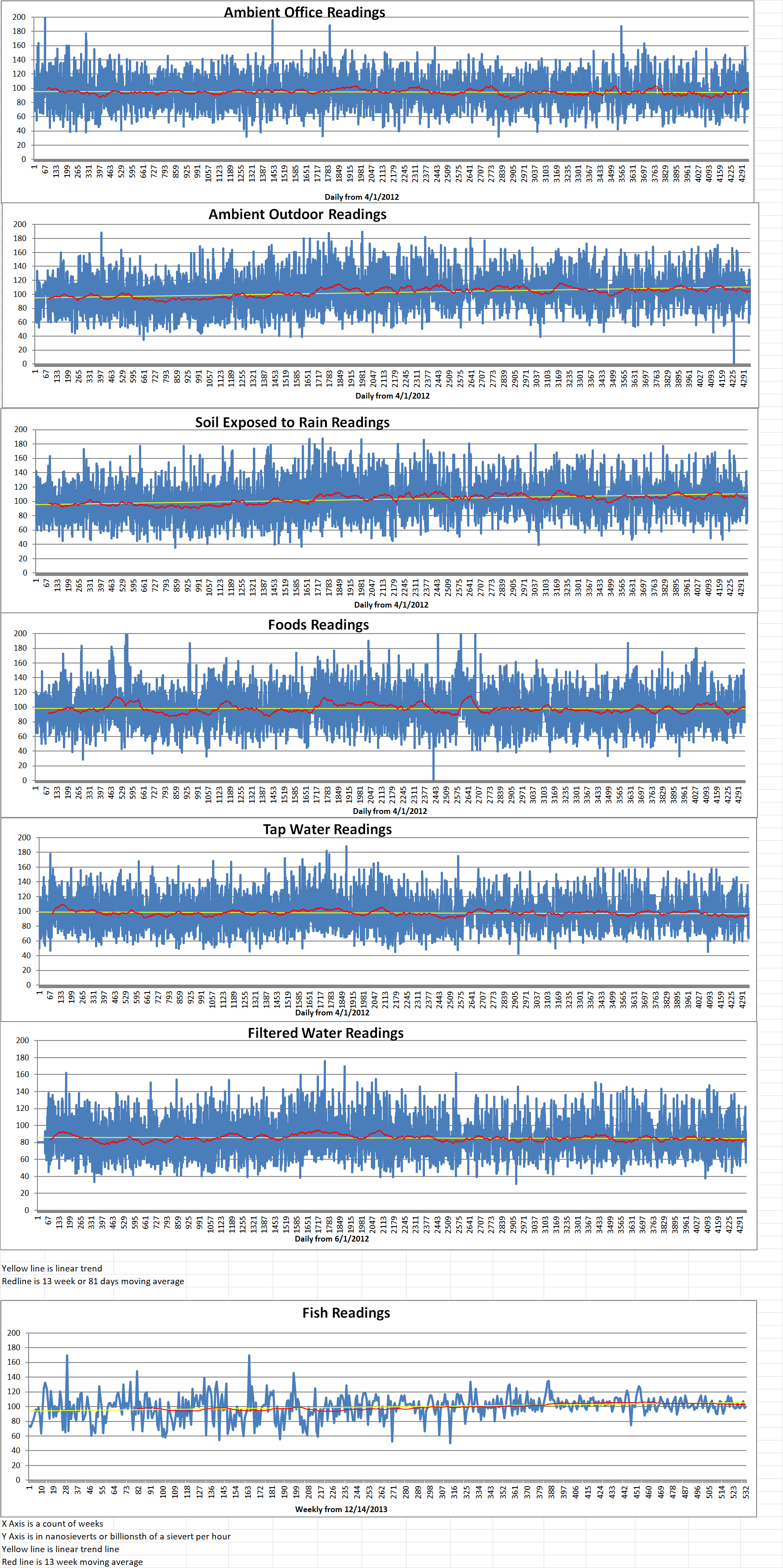Part 1 of 2 Parts
Actions are being taken by various countries to meet the target of tripling global nuclear power generating capacity by 2050. They were discussed by panelists during a session at the World Nuclear Symposium 2024. The panelists agreed that cooperation will be key to meeting the target.
Last December, the United Nations Climate Change Conference (COP28) took place in Dubai. The one hundred and ninety-eight signatory countries to the UN Framework Convention on Climate Change called for accelerating the deployment of low-emission energy technologies including nuclear power for deep and rapid decarbonization, especially in hard-to-abate sectors such as industry. More than twenty countries at COP28 pledged to work towards tripling global nuclear power capacity to reach net-zero carbon emissions by 2050.
Sama Bilbao y León is the Director General of the World Nuclear Association. In his introduction to the session, he said that “new-found momentum in favor of nuclear power is taking shape in some countries around the world”.
John Gorman is the president and CEO of the Canadian Nuclear Association. He described the momentum in Canada as “remarkable”. He continued, “We, as a nation, are doing just about everything right when it comes to nuclear.”
He mentioned that Canada has “the entire ecosystem”. It is the second largest exporter of uranium in the world. It has an indigenous reactor technology, called Candu, which is in use in seven nations around the world. “We are refurbishing the vast majority of our existing nuclear plants, and importantly those refurbishments … are on time and on budget.”
Gorman added that policymakers across Canada needed to be re-engaged in order to increase political support for new nuclear builds. “The roadmap that we created – which was a very collaborative effort, a pan-Canadian effort – to introduce small modular reactors (SMRs) into the system acted as a thin edge of the wedge for policymakers to feel comfortable to rediscover nuclear … Since the recognition and support for small modular reactors, it has opened up new large build.”
He described SMRs as being very disruptive. “I mean disruptive in a very positive way. It’s forcing system operators, regulators and utilities to go through the process of rethinking how we introduce and deploy new nuclear. So disruption can be good and small modular reactors are good for that.”
Huang Mingang is the Chief Economist of the China National Nuclear Corporation (CNNC). He said that nuclear energy currently represents about five percent of China’s total electricity generation. Coal plants account for the majority of the rest. He added that “If China wants to realize carbon peak and carbon neutrality, there is still a very long way to go. In the last month, the Chinese government approved eleven new reactor. In this case, the total number of reactors in China in operation and under construction and officially approved will be in the region of one hundred and two reactors. This is a milestone for Chinese nuclear energy.”
Mingang said that, according to projections, by 2035 China will have one hundred and fifty nuclear power reactors in operation plus fifty reactors under construction.
Please read Part 2 nextally need to work together”.






